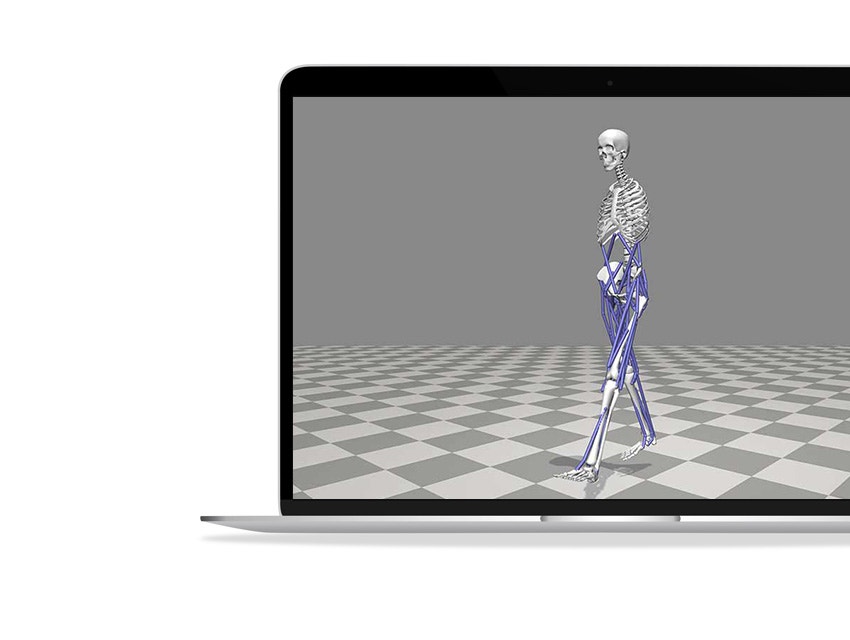Webinar
‘To Personalize’ or ‘Not to Personalize’: How to Balance the Need for Subject-Specific Anatomical Detail and Clinical Applicability in the Study of Musculoskeletal Loading during Movement


About this webinar
The use of integrated 3D motion capture together with dynamic simulation of motion is currently an established way to study musculoskeletal loading, which today still cannot be measured non-invasively. In particular, in the field of degenerative joint disease, there is the ambition to use these techniques to contribute to patient stratification and consequent prescription of targeted rehabilitation strategies.
Likewise, their potential to define effective treatment approaches to study gait dysfunction in children with cerebral palsy is becoming more and more accepted. In this webinar, Ilse Jonkers aims to present some of her insights and perspectives on the personalization of simulation workflows for the study of musculoskeletal loading.
What you will learn
- How medical imaging techniques help in personalizing musculoskeletal models
- What it will take to make the transfer of musculoskeletal models from the lab to their clinical application
- How to set up efficient musculoskeletal model personalization pathways
Speakers

Ilse Jonkers
Share on:
Materialise medical device software may not be available in all markets because product availability is subject to the regulatory or medical practices in individual markets. In countries where no regulatory registration is obtained of Mimics or 3-matic Medical, a research version is available. Please contact your Materialise representative if you have questions about the availability of Materialise medical device software in your area.
L-101822-01
THINK | Idea to Patient Care
As an engineer in the medical field, your dream is to make a positive impact on patient care. To inspire you as you advance anatomical engineering even further, we have created a webinar series that sets the stage for our customers to share their powerful insights on how their cutting-edge work is contributing towards making the world a healthier place through innovation.
